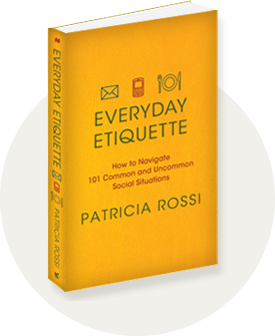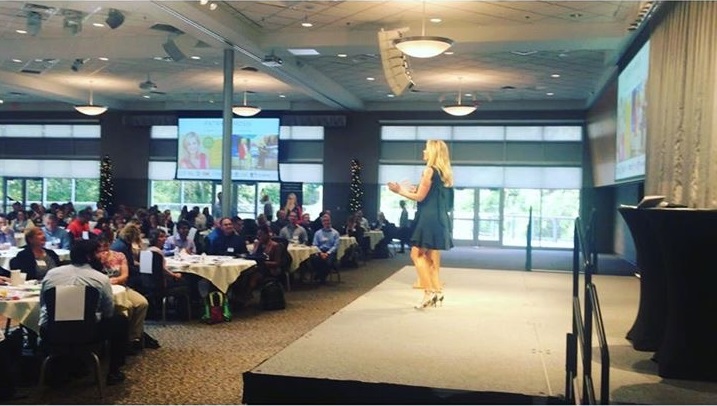In the multi-generational workplace, understanding the communication preferences of a team is just as important as charting the market strategy. The workforce is comprised of different generations that have multiple forms of communication. Understanding this is vital for the growth of the organization.
One can find traditionalists (1943 and below), baby boomers (1944-1964), Generation X (1965-1979) and Generation Y, also known as millennials, (1980-1994) all working in the same organization. Each of these generations grew up in very different environments which shaped their personalities and attitudes. This, in turn, affects how they work and communicate with other generations in the workplace.
Learning what forms of communication may be effective amongst the different generations can increase team productivity and collaboration. Here are common methods of communication preferred by different generations.
Phone Calls & Text Messaging: Traditionalists and baby boomers may not feel as comfortable with using smartphone applications such as Slack, Skype, Lync and group text messaging as a primary means of communication. Traditionalists and baby boomers may prefer conducting business via landline office phones or even leaving voicemail messages, while Generation X and Generation Y (millennials) may prefer to use smartphone applications and text messaging to communicate in real-time with their coworkers.
Face-to-Face Meetings & Video Messaging: Traditionalists and baby boomers seem to prefer communicating with team members face-to-face, believing it to be more effective. These generations were not raised with access to the type of technology which became more easily accessible to Generation X and Y. The younger generations may prefer video message based communication available as smartphone or laptop applications which allow for greater flexibility while traveling.
Email Tone & Decision Making: While email seems to be the great unifier, there are still stark differences in terms of tone and cadence within each generation. The traditionalists and baby boomers seem to keep their emails short and simple and are perhaps more prudent and pragmatic with decision making through email communication than other generations. Although generation X and Y also use email for team communication, they may adopt a more informal conversation style in their messaging. Generation X and Y may also respond more quickly to an email message than a voicemail message.
Regardless of the differences in communication amongst the generations, there are many things they can learn from one another. An attitude of shared learning and growth can be adopted through all forms of communication. Only then will multi-generational teams reach maximum effectiveness and productivity in the workplace.




